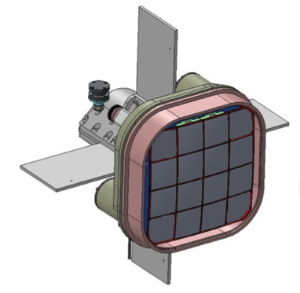The Zwicky Transient Facility (ZTF) is a time-domain survey that began execution in late 2017. Building on the highly successful legacy of the Palomar Transient Factory (PTF), ZTF uses a new camera with a monumentally large 47 square degree field of view mounted on the Samuel Oschin 48-inch Schmidt telescope. This camera is slightly larger than the original photographic plates used in the 48-inch telescope, which is the same telescope that executed the original Palomar All-Sky Survey. ZTF's extremely wide field and fast readout electronics will enable a survey more than an order of magnitude faster than that of PTF. In particular, ZTF can survey the entire visible night sky in a single night.
By scanning more than 3750 square degrees an hour to a depth of 20.5 mag, ZTF will discover young supernovae nightly and search for rare and exotic transients. Repeated imaging of the Northern sky (including the Galactic Plane) will produce a photometric variability catalog with nearly 300 observations each year, ideal for studies of variable stars, binaries, AGN, and asteroids. ZTF is partially funded by the NSF, with the intent that it act as a bridge to LSST, providing pre-LSST experience for the community in working with large datasets.

I was one of the authors of the original MSIP NSF proposal for ZTF. Until 2016 I was the lead for the ZTF data system. I designed the preliminary system architecture.
